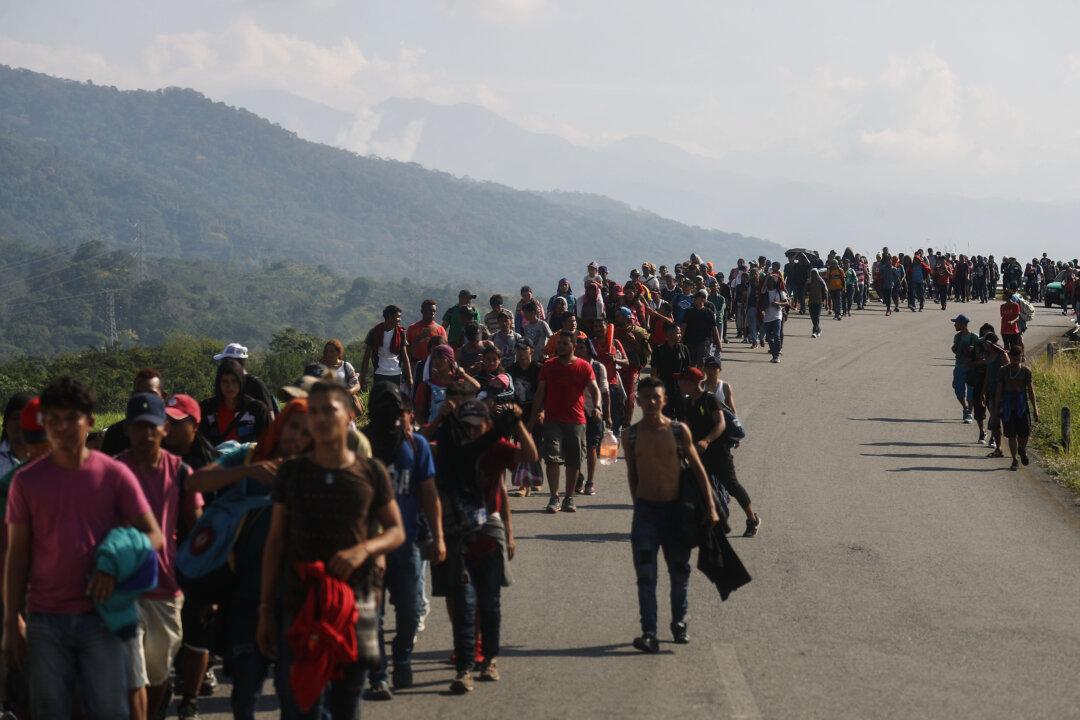WASHINGTON—Mexico’s new government has started laying out its vision for immigration, especially regarding the huge flow of migrants journeying north from Central America to the U.S. border.
Olga Sánchez Cordero, secretary of the interior for Mexico, said she expects the number of Central American migrants entering Mexico to reach at least 700,000 a year over the next several years.





